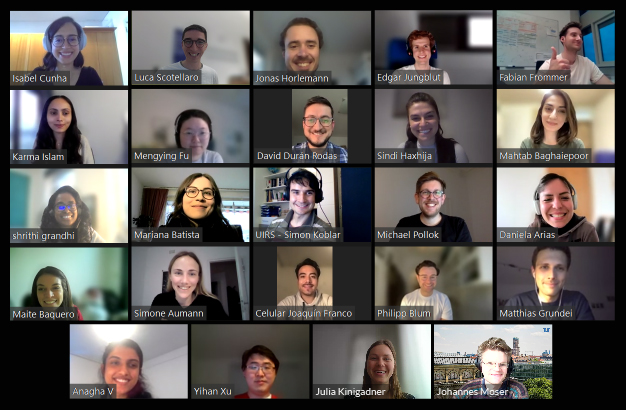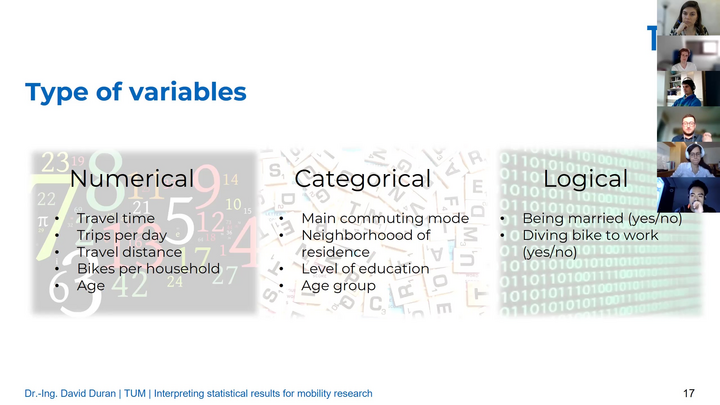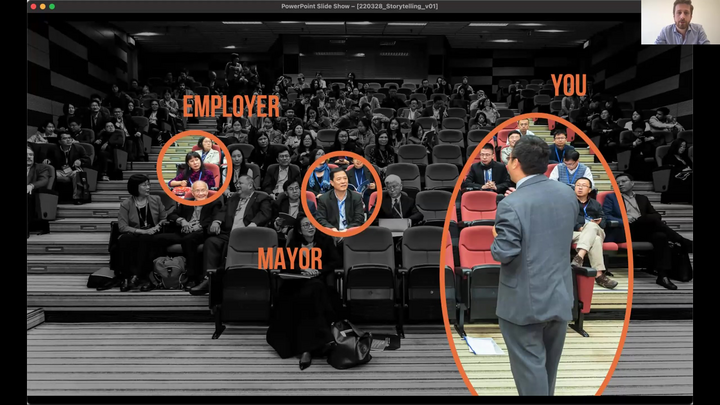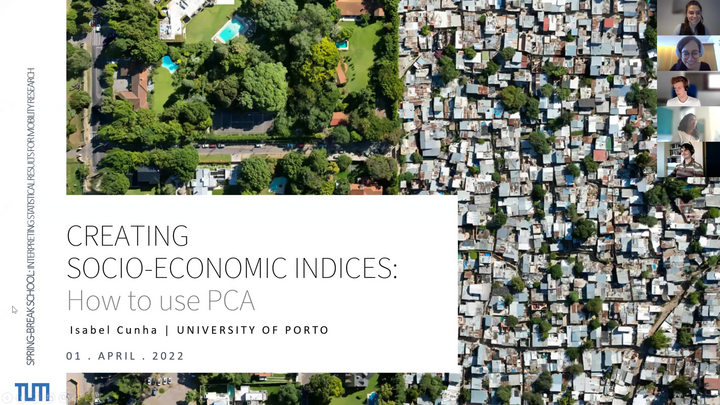In the course Interpreting Statistical Results for Mobility Research we showcased capabilities and demonstrated key functionalities to academics/students interested in having some basic understanding of statistics. The course aimed at bringing together researchers/students from the mobility field, working with both quantitative and qualitative methods.
David Duran shared his knowledge on interpreting mobility research based on understanding basic statistics, to hypothesis tests, regressions, classifications, and clustering. A big shout-out goes to Sindi Haxhija for putting the course together and organizing everything in the backend!
Thanks to the valuable contribution by our guest speakers:
- Tjark Gall on “Storytelling: mobility data”
- Matthias Langer on “Using linear regression to assess car dependence”
- Isabel Cunha on “Using PCA to raise awareness on cycling infrastructure”
And finally, thank you to all the applicants and participants for showing so much interest. This gives us a huge boost to keep on providing high quality activities! We are likely to share the recordings on a later stage, so stay posted!
As an integral part of the openLab Urban Mobility, this course targeted students/researchers and triedto open a discussion of the need of interpreting statistical data in order to understand more in-depth mobility research. Simultaneously, it will explore and test new tools and formats of interaction among participants - e.g. storytelling, gather.town - which can, later on, become part of the openLab knowledge exchange portfolio.



